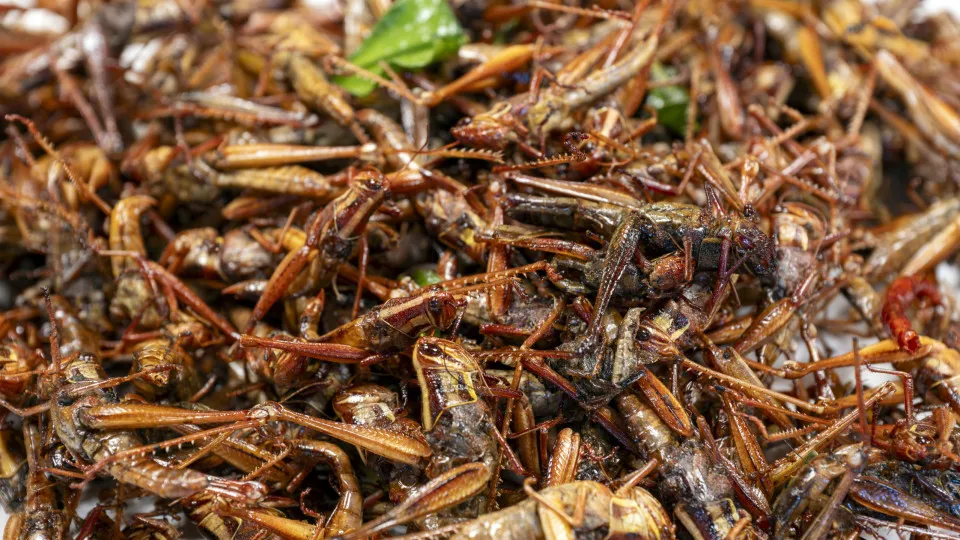In an attempt to solve the planet's soil degradation crisis, agricultural experts are turning to an unlikely ally: the poop of black soldier fly larvae (BSFL).
Not only are these tiny critters amazingly efficient at breaking down organic waste, but they also go one step further and turn that waste into a nutrient-rich fertilizer. While BSFL as fertilizers is not yet a large-scale solution, there are various projects around the world trying to change that as we speak.
Curious? Check out this gallery to find out more.



